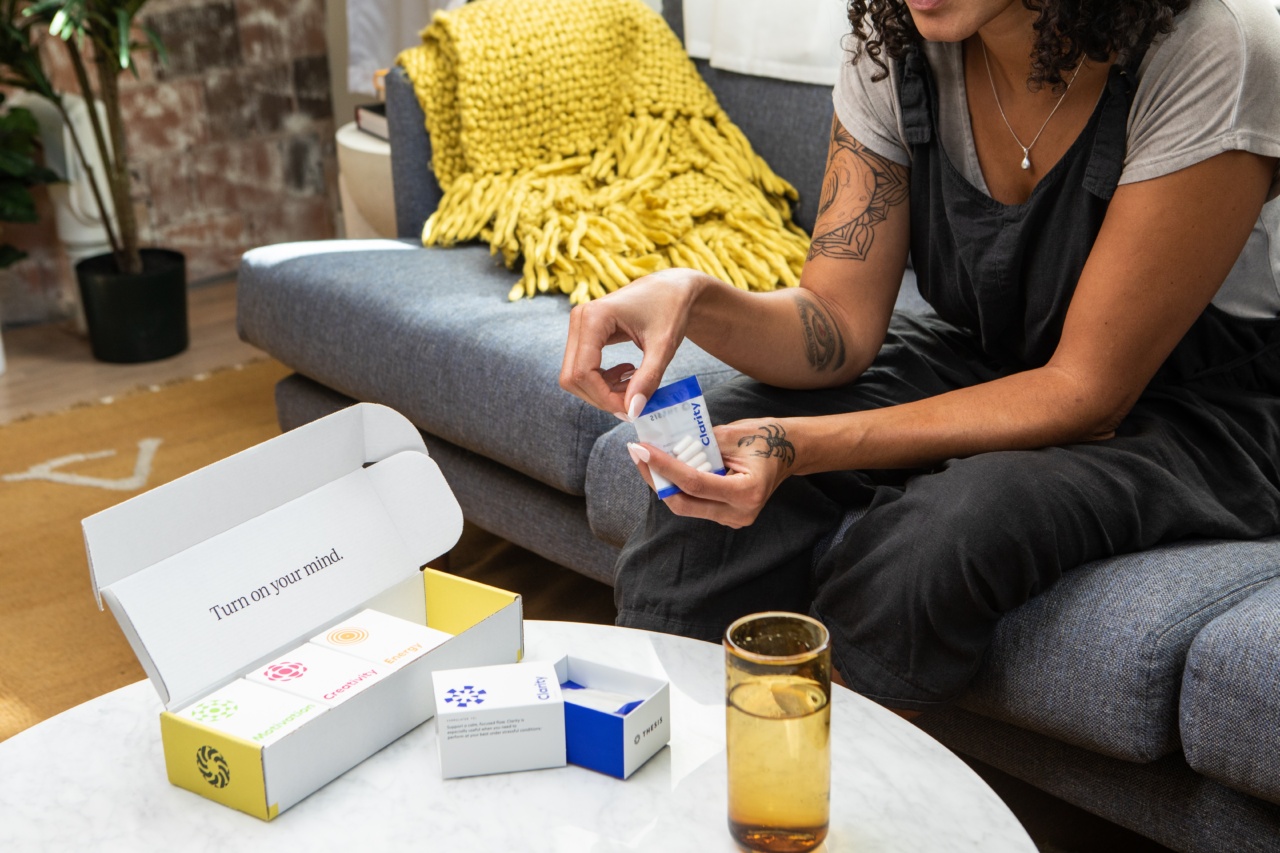Over the past few years, there has been a lot of talk about bisphenol A (BPA) and its potential health effects. BPA is a chemical that is commonly used in the manufacturing of plastics, food packaging, and other products.
Research has linked BPA exposure to a variety of health problems, including cancer, fertility issues, and behavioral problems. As a result, many companies have started to produce BPA-free products. While this may seem like a step in the right direction, the question remains: Are BPA-free products really safe?.
The Problem with BPA
BPA is an endocrine disruptor, which means that it can interfere with the body’s hormonal systems. This can lead to a variety of health problems, including:.
- Developmental problems in children
- Reproductive problems in both men and women
- Cancer
- Obesity
- Cardiovascular disease
- Diabetes
- Behavioral problems
In addition, BPA has been linked to an increased risk of miscarriage and birth defects in pregnant women. Because of these potential health risks, many people have been looking for ways to reduce their exposure to BPA.
BPA-Free Products
Many companies have started to produce BPA-free products, touting them as a safer alternative to products that contain BPA.
These products are made from different types of plastics that do not contain BPA, such as polyethylene terephthalate (PET), high-density polyethylene (HDPE), and polypropylene (PP). They are also made from other materials, such as glass and stainless steel.
While BPA-free products may seem like a good idea, there are some concerns about their safety. One of the main concerns is that the replacement chemicals used in these products may be just as harmful as BPA.
Replacement Chemicals
Many of the replacement chemicals used in BPA-free products have not been well-studied for their potential health effects. Some of these chemicals include:.
- Bisphenol S (BPS)
- Bisphenol F (BPF)
- Bisphenol AF (BPAF)
- Diisononyl phthalate (DINP)
- Diisodecyl phthalate (DIDP)
- Diethylhexyl phthalate (DEHP)
- Triphenyl phosphate (TPP)
Research has shown that these chemicals can also have endocrine-disrupting effects, with some having even worse effects than BPA itself. For example, one study found that BPS was just as harmful as BPA in terms of its endocrine-disrupting effects.
Another study found that BPF was even more harmful than BPA.
Regulations
Currently, there are no regulations in place that require companies to test the safety of replacement chemicals before using them in products.
As a result, many companies are using replacement chemicals that have not been well-studied for their potential health effects.
The United States Environmental Protection Agency (EPA) has classified some replacement chemicals as “chemicals of concern” due to their potential health effects.
However, this classification does not mean that these chemicals are banned or restricted in any way.
Some countries, such as Canada and the European Union, have banned the use of BPA in certain products. However, they have also found that some of the replacement chemicals are just as harmful as BPA and have taken steps to regulate their use as well.
What You Can Do
While it can be difficult to completely avoid exposure to BPA and replacement chemicals, there are steps you can take to reduce your exposure:.
- Avoid heating plastic containers in the microwave
- Avoid putting plastic containers in the dishwasher
- Use glass or stainless steel containers instead of plastic
- Avoid canned foods, as the lining may contain BPA or replacement chemicals
- Choose fresh, whole foods instead of processed foods
You can also look for products that are labeled as “BPA-free” or “phthalate-free”. However, keep in mind that just because a product is labeled as “BPA-free” does not necessarily mean that it is safe.
Conclusion
The use of BPA-free products may seem like a step in the right direction, but it is important to remember that the replacement chemicals used in these products may be just as harmful as BPA.
Until more is known about the safety of these replacement chemicals, it is best to take steps to reduce your overall exposure to plastics and processed foods.






























